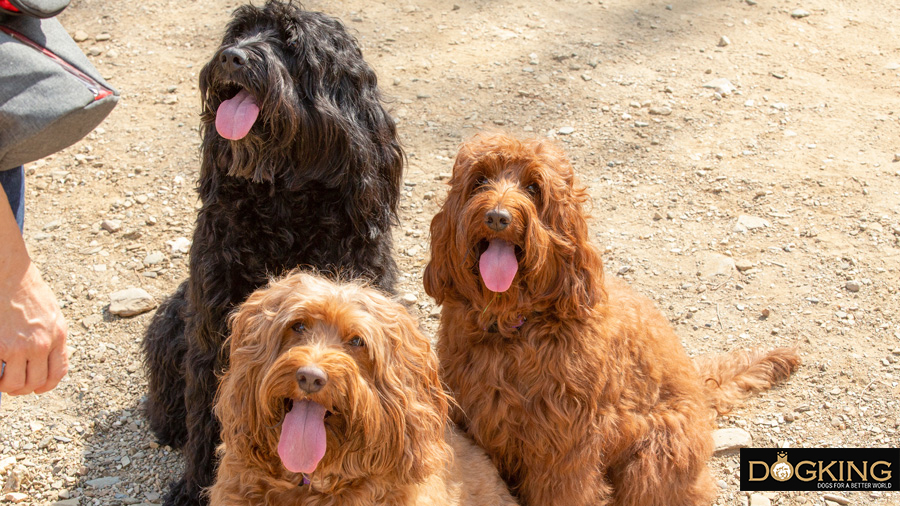How often should you walk your dog?
Walking is a vital activity for your dog's physical and mental health
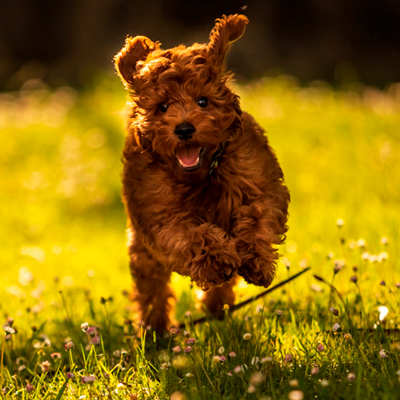
THE IMPORTANCE OF WALKING
Reading time about 9 minutes
Walking is a vital activity for your pet. The frequency with which you should go outside varies depending on the breed, size, characteristics, state of health and age of the dog. In the case of puppies, the number of walks is more numerous, since they don't have sphincter control and need to be socialized. In adult dogs, the number of daily walks shouldn't be less than 3, spread throughout the day.
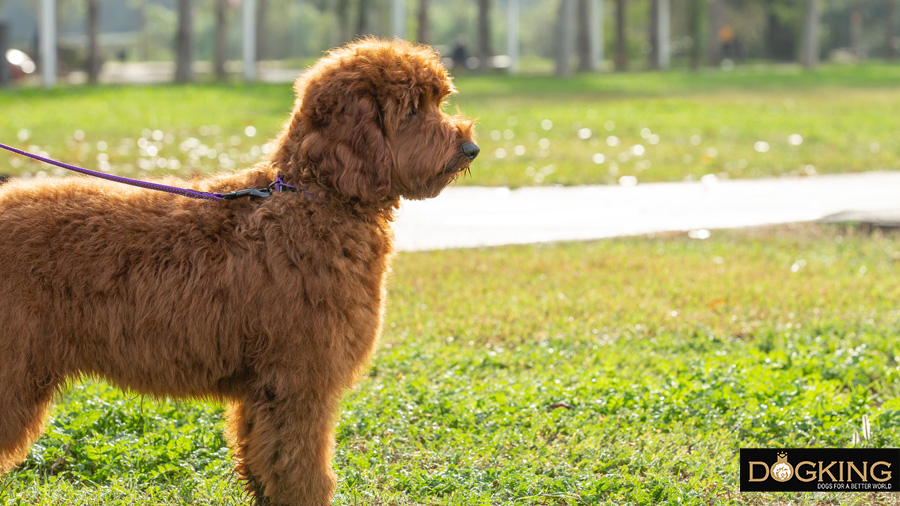
Table of contents
1- How do you know how much your dog needs to be walked?
2- Why are walks so important for your dog?
3- What should walks with your dog be like?
4- What are the consequences for your dog of not going for a walk?
5- How many times should I walk my puppy?
How do you know how much your dog needs to be walked?
Just as every person is different, so is every dog. Depending on its age, breed or size, your pet will have different needs when it comes to going for a walk. For example, smaller breeds with shorter legs tend to prefer shorter walks, while large breeds like German Shepherds or Greyhounds may need to burn more energy. Some dogs will be more active and energetic, while others will be calmer and more homely. All these aspects influence not only the number of daily walks they need, but also their duration. However, there is an absolute minimum that we shouldn't go below, at least not on a regular basis.
A healthy adult dog should be walked at least three times a day, preferably between morning, noon and night. Dogs should ideally be outside for a total of 2 hours a day, but this varies greatly depending on the breed and the individual, as mentioned above, you have to alternate shorter walks where they relieve themselves, with longer walks where there is a greater energy expenditure (with games, socialization, sniffing, running and more stimuli).
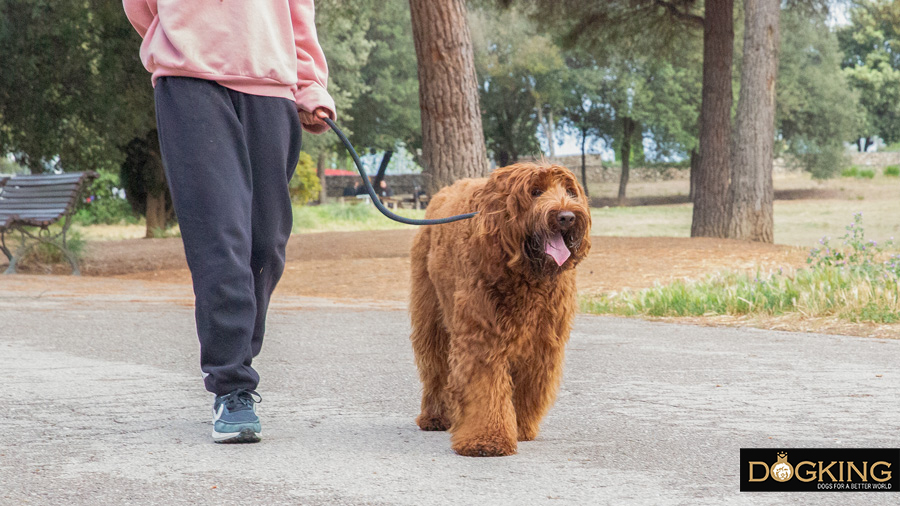
The most important thing in this regard is to observe your pet. It will give you the signs you need to find out if it is getting enough of the walks you give it or, on the contrary, needs more exercise and stimulation.
If your dog isn't resting well, is nervous, restless, and exhibits behavioural disturbances such as barking or chewing things, you may need to go on more outings with it.
As for the time of day, it would be ideal to coincide food feedings and walks in a similar time slot, since after feeding, especially if it is a puppy, this is when your pet will probably have to relieve itself.
Why are walks so important for your dog?
Beyond relieving itself, it is important that you understand why these walks are so necessary for it. By walking your dog exercises its body, stimulates its mind, discovers its environment and socializes with other dogs and people. All these elements are the keys to your dog's physical and mental health. Even though we have a garden at home, our dog needs to go for a walk for many beneficial reasons, which is why they love this time of the day so much.
- To socialize: dogs are social, gregarious and affiliative animals, so they need to socialize with other dogs but also with people they may meet along the way. If your dog is quite shy, these walks will help it to better manage the presence of other animals and humans.
- Sniffing: your dog needs to develop the most important of its senses, the sense of smell, something that it will be able to enjoy intensely during a good walk.
- Exercise: stretching its legs, having a good run, jumping in the air... When walking, a dog feels free and happy. Walks ensure your pet is in a good physical shape.
- Learning: a walk is a good time for a dog and its owner to deepen the bond between them and also to teach it signals that will help in its education, the use of the leash or, simply, to walk by your side calmly.
What should walks with your dog be like?
According to experts, when walking your dog, quantity is as important as quality, in fact, quality may be even more important. Walking your dog should never be a formality or something as passive as making it sit next to you while you talk to a neighbour or letting it relieve itself in the usual tree near your front door.
At least one of the walks you take during the day should be really enriching for your pet. Long enough for it, relaxed, letting it sniff at its own pace and, of course, never tugging on the leash. Remember that one of the five globally recognized animal welfare freedoms states: the animal must be able to express its natural species behaviour, so in fact, any dog should enjoy at least one of these walks a day. Actually, any dog should enjoy a little while, even a minimum of 15 minutes, off leash, in which it may run freely in a safe space for it and for the rest of animals and people.
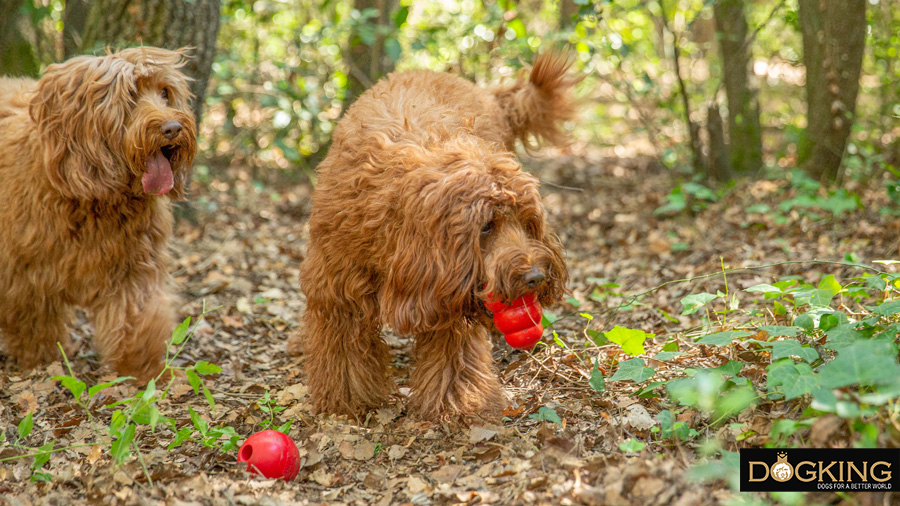
To make walks interesting for your dog, make sure you take it to different places: a park, a new neighbourhood, the beach, the forest... But if your dog is afraid, you have to do it progressively, combining new places with familiar ones, until it manages to conquer new places, always trying not to force your dog.
If you have any doubts in the process, it is always a good idea to have the professional help of a trainer.
What are the consequences for your dog of not going for a walk?
Not going for a walk or not doing it enough may cause many problems for your dog. The consequences range from physical problems such as obesity, numbness or joint ailments, cognitive dysfunction and impairment to behavioural disorders, such as barking, house destruction, stress, hyperactivity, aggressiveness and even canine obsessive-compulsive disorder.
How many times should I walk my puppy?
The case of puppies is special. In first case, remember that they should never go out for a walk if they haven't had the necessary vaccinations. If this is your case, you could carry them in your arms so that they may adapt to new stimuli.
Once they are protected, they will need to come out 5 to 7 times a day. In terms of duration, they will be shorter walks, and we will gradually increase their duration. At this stage, the puppy learns to urinate and defecate in the street, but also makes contact with the outside world for the first time. Socializing puppies is vital for them to develop in a healthy and balanced way, getting used to all kinds of stimuli, without fear or bad habits. The key socialization period takes place between week 2 and 14 o 16 of our puppy's life, so it is essential, especially at this stage, to ensure good socialization, adapting it to each age, so as to avoid behavioural and adaptation problems in its adult life, since working on the fears of adult dogs is always more difficult.
Whatever the situation, breed or age of your puppy, remember that as the person responsible for its well-being and happiness, you must provide it with enough stimulation and exercise, and for this, walks are essential. When adopting a puppy, we should be aware of all the responsibilities that this entails, but if even so, due to your lifestyle, you don't have time to walk your dog as much as necessary, you may always rely on trusted family members to do it for you or even professional dog walkers in your city.
Remember that for your dog, walking is much more than just peeing: the animal needs it to ensure its physical and mental health, to feel fulfilled and satisfied, and to enjoy a full and happy life.
